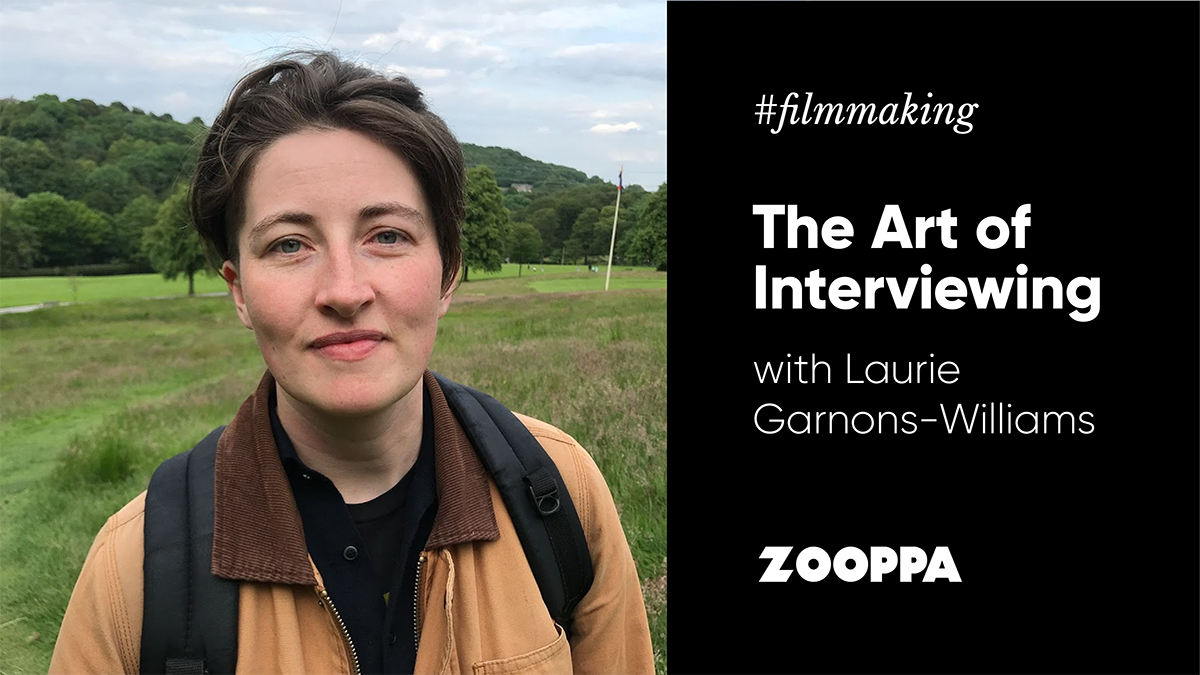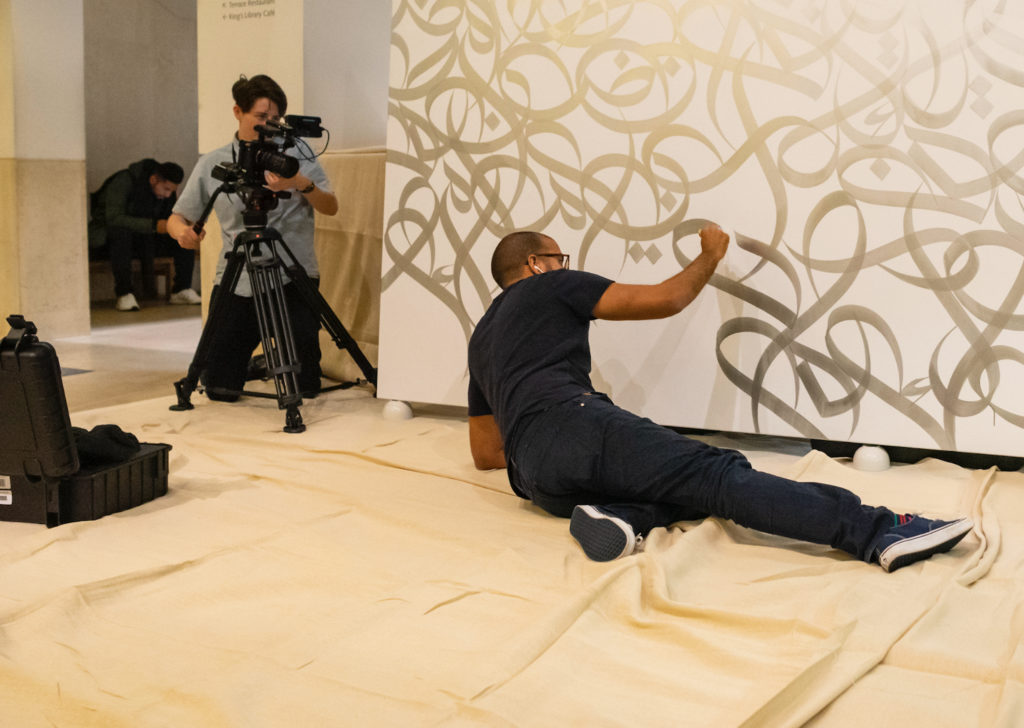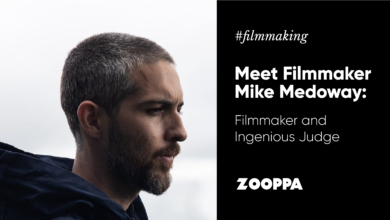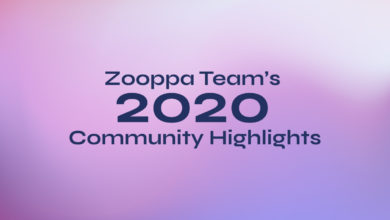The Art of Interviewing with Laurie Garnons-Williams


This post is also available in: Italiano
At this stage in the game, we all know about not asking yes or no questions during interviews, but it’s unbelievable how many people can still end up firing back one-word answers once in front of a camera. This is undoubtedly not a good outcome for a videographer trying to make an interview the crux of a documentary film. What’s worse is when you see someone else interview the same person and get much better results. How? Well, we spoke to an expert in this field, Laurie Garnons-Williams, who shed a bit of light on getting the best out of your interviewees.
- - - - - - -

Hello! Please could you introduce yourself?
Okay, so my name is Laurie, I’m a videographer, and I’ve worked for the last 12 years for brands, charities, and cultural arts institutions to help tell stories relevant to their audiences.
You’ve seen our latest brief with Mastercard and Pollinate. How would you approach it?
The visual challenge of this brief is how to show how the latest technology has supported SMEs without just shooting a screen interface or someone using tap-to-pay. That can work, but exploring other means like animation or graphics could bring this to life. There could be a fun way of showing how data insights spurred on decisions by marrying footage with critical moments on a graph, for example.
There needs to be moments of tension that are unique to the business beyond just the global pandemic, as that story will be present in every film. This could be a personal loss, an unexpected change in the supply chain, some unique challenge to overcome.
Another angle might be the customer’s perspective. What kind of new support they needed and how the business met this need. What this meant for them would be the emotional heart of the film. I’m thinking along the lines of someone who had to shield and suddenly needed home deliveries more regularly.
What are your tips for getting the best out of interviewees?
When interviewing someone, especially on camera, the most important thing is to have a lot of empathy for them. It’s tricky to be put on the spot, and it’s important to warm somebody up a bit to that process. Maybe that’s having some chats with them in advance of bringing out all of the equipment so that they know who you are and they know where you’re coming from.
What are the main problems you come up against when interviewing people?
The problem that comes up the most is people getting too in their own heads about what they’re saying. They start to feel like they’re performing or have this idea about what being on camera is. Everyone watches TV, everyone watches films, so they stop just being themselves and start acting as if they’re “somebody who’s on camera.” So it’s about making people relaxed enough to talk to you naturally and giving people time to be awkward at first. That’s important because you’re never going to get your best answer straight off the bat.
Have you ever experienced people who are really difficult, and how have you dealt with it?
I think the people who tend to be the most difficult when you’re filming are the ones that have built up quite a “personal brand.” People who are influencers, celebrities, or attached to agents are very conscious of everything they say and how it could be read or seen. You’ll approach it like a natural conversation, but they’ll be looking for approval or second-guessing their answers all of the time.
In other situations, it’s when people don’t trust how you’re going to use the footage. If they feel that you’re manipulating them, that can be a problem after filming. They’ll want tighter control on what is used and what is cut, which can be an issue when you’ve already got a clear idea in your head about how you want to structure something. It’s important to always get a release form signed so you can use the footage how you intended to, while obviously respecting what people are saying to you if they come back with feedback.
Who is the most interesting person you’ve ever interviewed?
They were featured in a documentary film I worked on about a gay bar in Northern Ireland years ago. We were making the film about the guy who owned the bar, and it was in an area where there had been a lot of violence during the Troubles. Gay people had a very hard time in that part of the world at that time. We were trying determine why he had decided to found this bar, and it came out that he wasn’t gay himself. We were trying to work out - is this a story about him being this amazing ally to the gay community? Was it that he saw an opportunity to make money? We couldn’t get out of him what his motivation was, and every time we asked, he’d be pretty cagey about it. I think when you’re trying to put your finger on what motivates somebody, and you can’t quite tell- I find those kinds of characters fascinating.
Did you ever get to the bottom of it?
Well, no, it’s still a little bit of a mystery! I think, often with the best documentaries, the ones that win awards, they’re borne from trying to understand someone who you can’t. But the viewer can make their own decisions. It’s about presenting somebody authentically, filming what they say, but also what they don’t say.
Do you have any tips on how to make people feel more comfortable being filmed?
When working in a small team, or just you, there will always be part of your mind that’s worried about the technical stuff - the exposure, the focus, is the camera even rolling? You need to put 10% of your energy into that and 90% on the person. Ensure you keep eye contact with them and listen to what they’re saying instead of just thinking about the next thing you want to ask. That allows you to pivot so it feels more like a conversation rather than a strict interview with set questions.


Have you got any technical tips for making interviews more engaging or intimate in the Edit?
If you’re able to shoot with more than one camera, that’s helpful. When focusing on someone’s face, they might give you an answer that feels like a straight answer, but if you could see their hands, you’d notice they were twitching due to being nervous. Filming the different angles lets you capture the whole story about what might be going on for them.
Having those two angles also technically allows you to cut out bits that you don’t want to use, so there are no jump cuts in the edit. Take time to get some cutaways of people - I think it’s vital that you show the story and don’t just tell it. So for this brief, if you’re talking to someone about their business surviving COVID, you want to see them at work. You don’t just want to hear about it. I often might do an hour-long interview, but I’d spend the whole day with the person to make sure I’m getting all the footage that I need.
Any final thoughts?
Keep the camera rolling throughout the interview. People say the most interesting and insightful things when they feel the camera’s off or they’re not on the spot. Another thing I would say is that I’ve done a lot of work where I was interviewing people who were in really tough situations, for example, facing homelessness. I learned to allow people, with the camera on, to feel everything that they’re feeling. If somebody starts to break down or they’re upset, your natural feeling is to say, “okay, okay, let’s stop for a bit, let you calm down.” But when you’re making a film about that person, their emotion is going to tell you most of the story. Remind yourself not to feel uncomfortable with what they’re bringing, and allow a story to come out that’s visual and emotive rather than verbal.
- - - - - - -
Ready to get interviewing as part of our new brief with Mastercard, sponsored by Pollinate? Get involved today!




